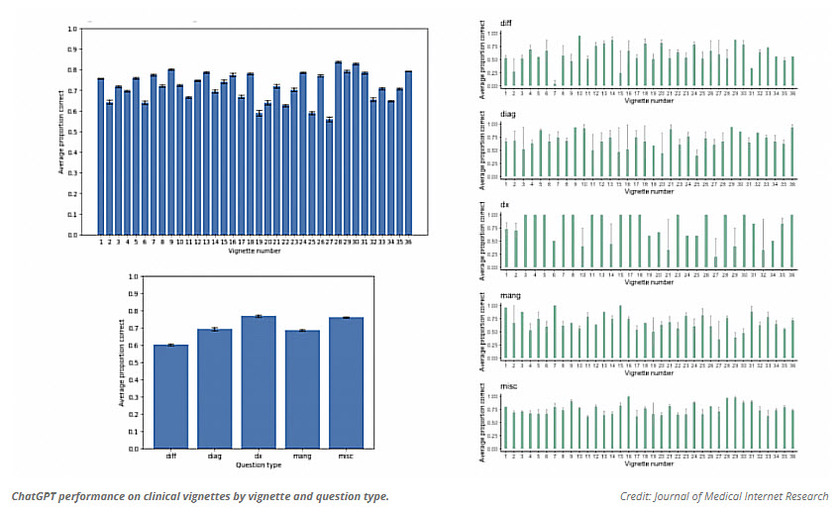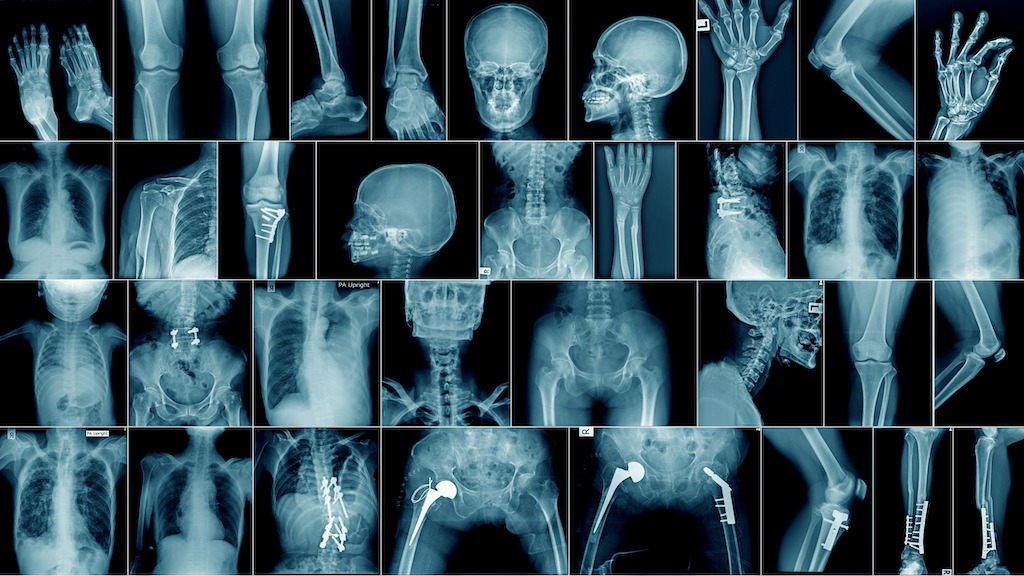Welcome to Pet Friday! We made it! Today we are going to look at the history of the domestic dog. The following is from www.nationalgeographic.com:
"Domestic dog
COMMON NAME: Domestic dogs
SCIENTIFIC NAME: Canis familiaris
TYPE: Mammals
DIET: Omnivore
GROUP NAME: Pack
AVERAGE LIFE SPAN IN THE WILD: 12 years
SIZE: Five to 35 inches at the shoulder
WEIGHT: Three to 250 pounds
What is a domestic dog?
The term “domestic dog” refers to any of several hundred breeds of dog in the world today. While these animals vary drastically in appearance, every dog—from the Chihuahua to the Great Dane—is a member of the same species, Canis familiaris. This separates domestic dogs from wild canines, such as coyotes, foxes, and wolves.
Domestic dogs are mostly kept as pets, though many breeds are capable of surviving on their own, whether it’s in a forest or on city streets. A third of all households worldwide have a dog, according to a 2016 consumer insights study. This makes the domestic dog the most popular pet on the planet.
Evolutionary origins
All dogs descend from a species of wolf, but not the gray wolf (Canis lupus), like many people assume. In fact, DNA evidence suggests that the now-extinct wolf ancestor to modern dogs was Eurasian. However, scientists are still working to understand exactly what species gave rise to dogs.
When dogs broke off from their wild ancestors is also a matter of mystery, but genetics suggest that it occurred between 15,000 and 30,000 years ago.
While it’s impossible to say exactly how a wild wolf species became a domesticated dog, most scientists believe the process happened gradually as wolves became more comfortable with humans. Perhaps wolves started down this path simply by eating human scraps. Many generations later, humans might have encouraged wolves to stay near by actively feeding them. Later still, those wolves may have been welcomed into the human home and eventually bred to encourage certain traits. All of this is thought to have unfolded over thousands of years.
Dog breeds
Today, many of the dogs you know and love are the product of selective breeding between individuals with desirable traits, either physical or behavioral. For instance, around 9,500 years ago, ancient peoples began breeding dogs that were best able to survive and work in the cold. These dogs would become the family of sled dogs—including breeds such as huskies and malamutes—that remains relatively unchanged today.
Similarly, humans bred German shepherds for their ability to herd livestock, Labrador retrievers to help collect ducks and other game felled by hunters, and sausage-shaped Dachshunds for their ability to rush down a burrow after a badger. Many more breeds were created to fill other human needs, such as home protection and vermin control.
Certain breeds have also been created to make dogs more desirable as companions. For instance, the labradoodle, which combines the traits of a Labrador retriever and a poodle, was invented as an attempt to create a hypoallergenic guide dog.
Modern working dogs
While people rely less on dogs for daily tasks than they did in the past, there are still many modern jobs for pooches.
Because the domestic dog’s sense of smell is between 10,000 and 100,000 better than our own, canines now assist law enforcement by sniffing out drugs, explosives, and even electronics. They can also help conservationists find and protect endangered species using their super-powered schnozzes.
They assist search and rescue teams in the wake of natural disasters or reports of people lost in the outdoors. Dogs trained to warn of hidden explosives and enemies serve as allies in military operations. Other dogs assist police looking for jail escapees or the bodies of murder victims. Some partner instead with customs officials searching for contraband, from drugs to elephant ivory. Still others lead the way tracking down poachers, patrolling cargo ships for rats that might escape at distant harbors, or exposing forest insect pests in shipments of wood from abroad.
Similarly, dogs can sniff out early signs of Parkinson’s disease, diabetes, several types of cancer, oncoming epileptic seizures, and antibiotic-resistant bacteria. They guide deaf and blind people, and they help people with autism and post-traumatic stress disorder manage with anxiety.
Living with dogs
Most dogs are a mix of breeds—in 2015, one study estimated that only 5 percent of dogs in shelters are purebred. Just as dogs come in all sizes, shapes, and colors, these animals also come in a spectrum of temperaments. A bulldog might look fierce but be cuddly as a kitten, whereas a cute cocker spaniel might nip at your finger without thinking twice.
This is why animal handling expert Jack Hanna recommends teaching children to always exercise caution around a dog they do not know. For instance, he says kids should ask for permission from the dog’s owner before trying to pet or play with the animal. Offering an outstretched hand also allows the dog to familiarize itself with a new person before reaching behind its head where it can’t see what you’re doing, which might make a dog nervous or scared. Finally, never allow children to put their faces near the dog’s muzzle.
“I don’t care what kind of dog it is,” Hanna told National Geographic. “The owner may say, ‘Well, this dog’s never bit anyone before.’ But that’s not the point. The point is it can happen.”
Of course, when dogs are cared for properly and treated with respect, they can be incredibly loving, playful, and intelligent companions. What’s more, by understanding where dogs come from, pet owners might learn to appreciate their canines even more.
After all, the yipping and tail-wagging your dog performs when you grab a bag of treats are carry-overs from when its ancestors needed to communicate with other members of its social group. Chasing sticks and balls may be linked to the pursuit of prey, while digging at the carpet or a dog bed echoes how a wild canid would prepare its sleeping area. And each time Fido stops to sniff a fire hydrant on your walk, it’s analyzing the pheromones left behind by another dog’s urine.
We take these behaviors for granted because dogs have become “man’s best friend.” But deep inside every pit bull and Pomeranian, there lie hints of the past. "
Now you know a bit more about man's best friend!
Reference: https://www.nationalgeographic.com/animals/mammals/facts/domestic-dog
I have lost a lot of faith with the Medical Community and the Governments over the last several years, but there are a few good things that can raise above the corruption and the pushing of drugs a new approach to heal people. The following is from www.gaia.com and written by Hunter Parsons that does not involve any drug or pushing an ineffective so called vaccine that the drug company is not held accountable in any way but they use sound! The use of sound can regrow bone tissue! Here is the story:
"The future of regenerative medicine could be found within sound healing by regrowing bone cells with sound waves.
The use of sound as a healing modality has an ancient tradition all over the world. The ancient Greeks used sound to cure mental disorders; Australian Aborigines reportedly use the didgeridoo to heal; and Tibetan or Himalayan singing bowls were, and still are, used for spiritual healing ceremonies.
Recently, a study showed an hour-long sound bowl meditation reduced anger, fatigue, anxiety, and ...
Not a fan of a Defense Agency studying Anti-Gravity and other Exotic Tech, but if the commercial world and make this technology cheap that will change our world yet again. The following is about three minute read and from www.gaia.com. The below was written by Hunter Parsons:
"Wormholes, invisibility cloaks, and anti-gravity — it’s not science fiction, it’s just some of the exotic things the U.S. government has been researching.
A massive document dump by the Defense Intelligence Agency shows some of the wild research projects the United States government was, at least, funding through the Advanced Aerospace Threat Identification Program known as AATIP.
And another lesser-known entity called the Advanced Aerospace Weapons System Application Program or AAWSAP
The Defense Intelligence Agency has recently released a large number of documents to different news outlets and individuals who have filed Freedom of Information Act requests.
Of particular interest are some 1,600 pages released to Vice News, which ...
As our technology gets better we are discovering more about the history of mankind and pushing the timeline back further and further. The following article is from www.gaia.com and written by Michael Chary that discusses this new find that changes the historical timeline:
"Over the past decade, there have been a number of archeological revelations pushing back the timeline of human evolution and our ancient ancestors’ various diasporas. Initially, these discoveries elicit some resistance as archeologists bemoan the daunting prospect of rewriting the history books, though once enough evidence is presented to established institutions, a new chronology becomes accepted.
But this really only pertains to the era of human development that predates civilization — the epochs of our past in which we were merely hunter-gatherers and nomads roaming the savannahs. Try challenging the consensus timeline of human civilization and it’s likely you’ll be met with derision and rigidity.
Conversely, someone of an alternative...
Not sure if you have heard of a show on YouTube called "The Why Files". If not you should check it out it is interesting and has some humor with it on different subjects. Last weeks was on a different theory how the Universe works and how main stream Science is attempting to shut it down like is always seems to do if it goes aguest some special interest. Today it is akin to what happened to those who questioned the Earth was the Center of the Universe that main stream so called Science all believed during the Renaissance period, They called any theory that the Earth was not the Center of the Universe misinformation. Does this sound familiar today? People laughed and mocked people like Leonardo da Vinci, Nicolaus Copernicus, Georg Purbach as crack-pots, conspiracy theorists, nut-jobs and they were suppressed and even imprisoned for their radical thoughts and observations. Again it sounds like today in so many ways. In any event this is a good one to ponder and see even if a bad idea ...
Seemingly chaotic systems like the weather and the financial markets are governed by the laws of chaos theory.
We all have heard about chaos theory, but if you have not or have forgotten what chaos theory is well here you go from interestingengineering.com:
"Chaos theory deals with dynamic systems, which are highly sensitive to initial conditions, making it almost impossible to track the resulting unpredictable behavior. Chaos theory seeks to find patterns in systems that appear random, such as weather, fluid turbulence, and the stock market.
Since the smallest of changes can lead to vastly different outcomes, the long-term behavior of chaotic systems is difficult to predict despite their inherently deterministic nature.
As Edward Lorenz, who first proposed what became commonly known as the Butterfly Effect, eloquently said, "Chaos: When the present determines the future, but the approximate present does not approximately determine the future.""
You may have heard the term about chaos theory as a butterfly flaps its wings in Brazil,...
I for one have lost trust in Medical Doctors due to COVID and reflection that they seem to push pills for everything and untested so called vaccines that is using a unproven technology because the Government and the Medical Boards of the State told them to. There are a very few exceptions. Thus they do not address the key problem just prescribe more and more pills to keep you alive an sick longer for them and Big Phama to profit from you. Will AI do any better? Well that depends on what was used for the training of AI. If it also pushes pills and vaccines without question then you have the same problems noted above. However, if the AI Training includes all possible forms of treatment and they zero in on the right issues for the true problem then there is possibilities they would be way better than most of the current Medical Doctors today.
The following is from an article from interestingengineering.com and written by Paul Ratner:
"A new study looks at how accurately AI can diagnose patients. We interview the researcher, who weighs in on AI's role ...























